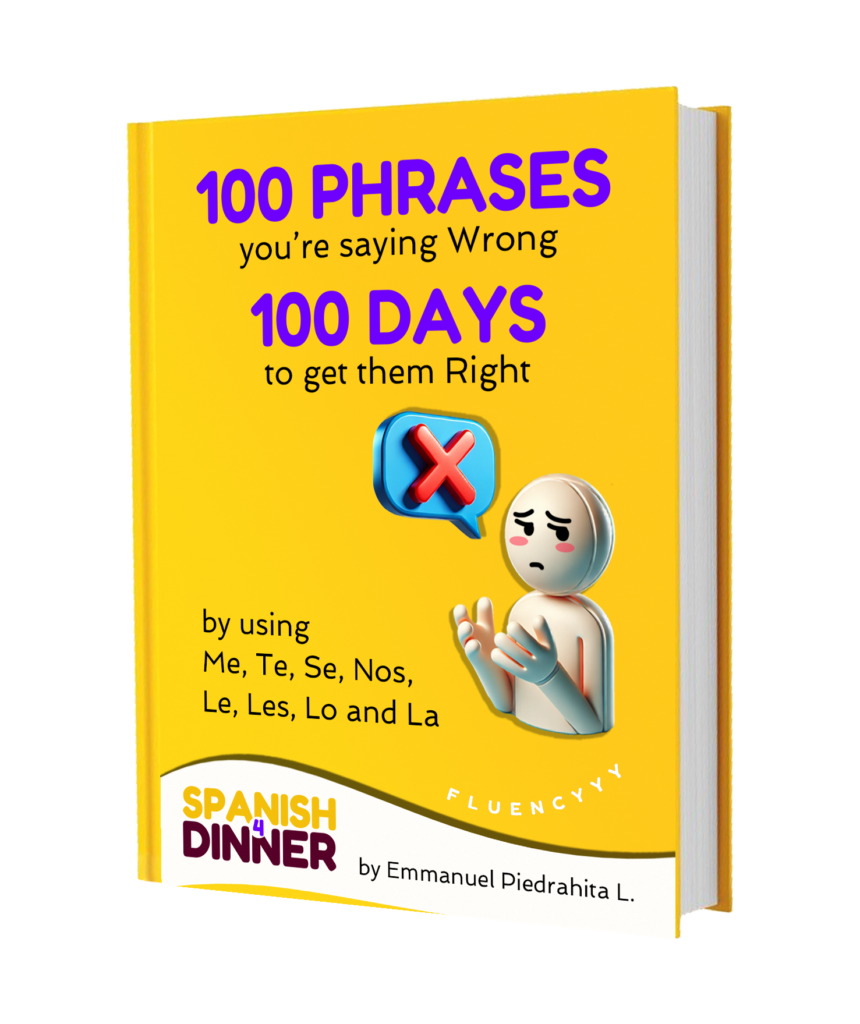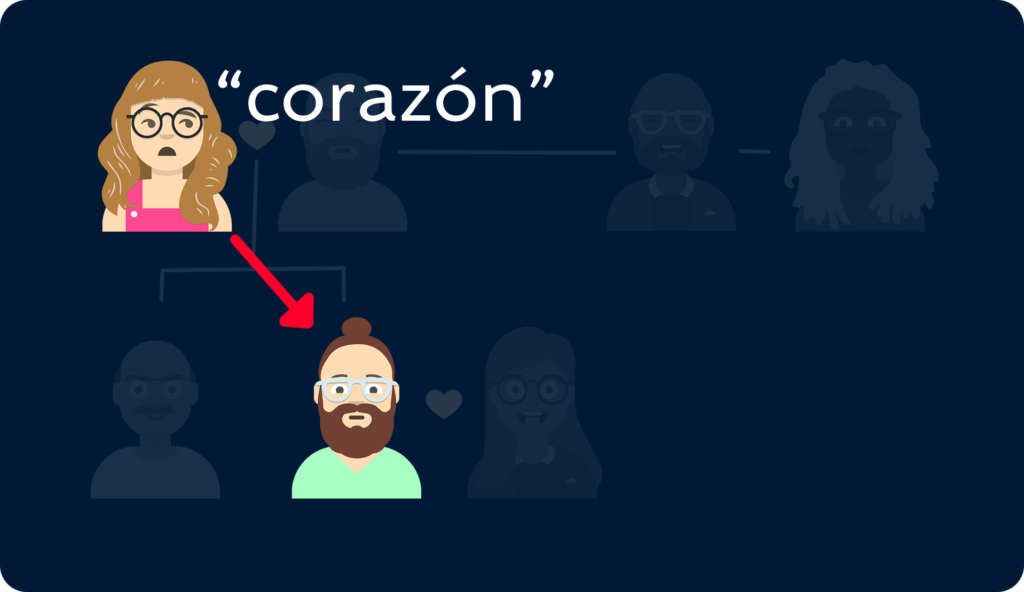‘Me llamo’ vs ‘Mi nombre es’ vs ‘Soy‘
What will I learn in this blog?
🟢How to say your name in Spanish
🟢When to use ‘me llamo’ vs ‘mi nombre es’ vs ‘soy’
What does ‘me llamo’ mean in Spanish?
It literally means ‘I call myself’, and it’s the most common and natural way to introduce your name across all Spanish-speaking countries.
Don’t worry if ‘I call myself’ sounds odd in English—it doesn’t feel strange at all in Spanish.
How do you introduce yourself in Spanish?

me llamo William
I call myself William
‘me llamo’ is used in formal, semi-formal, or casual contexts. It’s very versatile.

mi nombre es William
My name is William
‘mi nombre es’ is used in formal or professional environments, more structured or scripted situations.

soy William
I’m William
‘soy’ is used in casual, everyday conversations. It’s short, direct, and informal.
- There’s no right or wrong choice among the three.
- None of them are disrespectful or more impressive than the others.
- They are all acceptable and interchangeable depending on the tone and context, so don’t worry—you won’t mess it up.
See how they work in real-life situations

me llamo William
context 1. First day at a language exchange (semi-formal)
Hi! My name is William and I’ve been learning Spanish for six months.
“Hola, me llamo William y llevo aprendiendo Español seis meses.”
context 2. Zoom language class (semi-formal)
Hi, my name is Daniel and I’m from Peru. I’m very excited about this class.
“Hola, me llamo Daniel y soy de Perú. Estoy muy emocionado por esta clase.”

mi nombre es William
context 1. Job interview (formal)
Good morning. My name is William, and I have experience in project management.
“Buenos días. Mi nombre es William y tengo experiencia en gestión de proyectos.”
context 2. Work presentation or conference (formal)
My name is Carolina, I’m a software engineer at TechNova.
“Mi nombre es Carolina, soy ingeniera de software en la empresa TechNova.”
context 3. Recorded voice message or business email (formal)
My name is Mariana Torres, event coordinator, and I appreciate your participation.
“Mi nombre es Mariana Torres, coordinadora del evento, y les agradezco su participación.”

soy William
context 1: Meeting someone at a party (casual)
Hey, I’m Nico. And you?
“Hey, soy Nico. ¿Y tú?”
context 2: Introducing yourself over the phone (casual)
Hi! I’m Valentina, Marcos’s friend.
“Hola, soy Valentina, la amiga de Marcos.”
context 3. Bumping into a friend’s friend (casual)
Hey, I’m Tomás, Carla’s coworker.
“Hola, soy Tomás, el compañero de trabajo de Carla.”


Still stuck in translator mode when speaking Spanish? Time to upgrade!
Our brand new course is here to help you use pronouns like me, te, nos, le, les, lo, and la with confidence — and sound way more fluent.

➡️ Ready to master Spanish pronouns beyond this guide?
Our full course takes your understanding to the next level!
At Spanish4dinner, we’ve got you covered when it comes to mastering Spanish pronouns.

Grab your free 100 phrases you’re saying wrong 100 days to get them right eBook and start building a habit that will make your Spanish sound more natural—just like a local!










